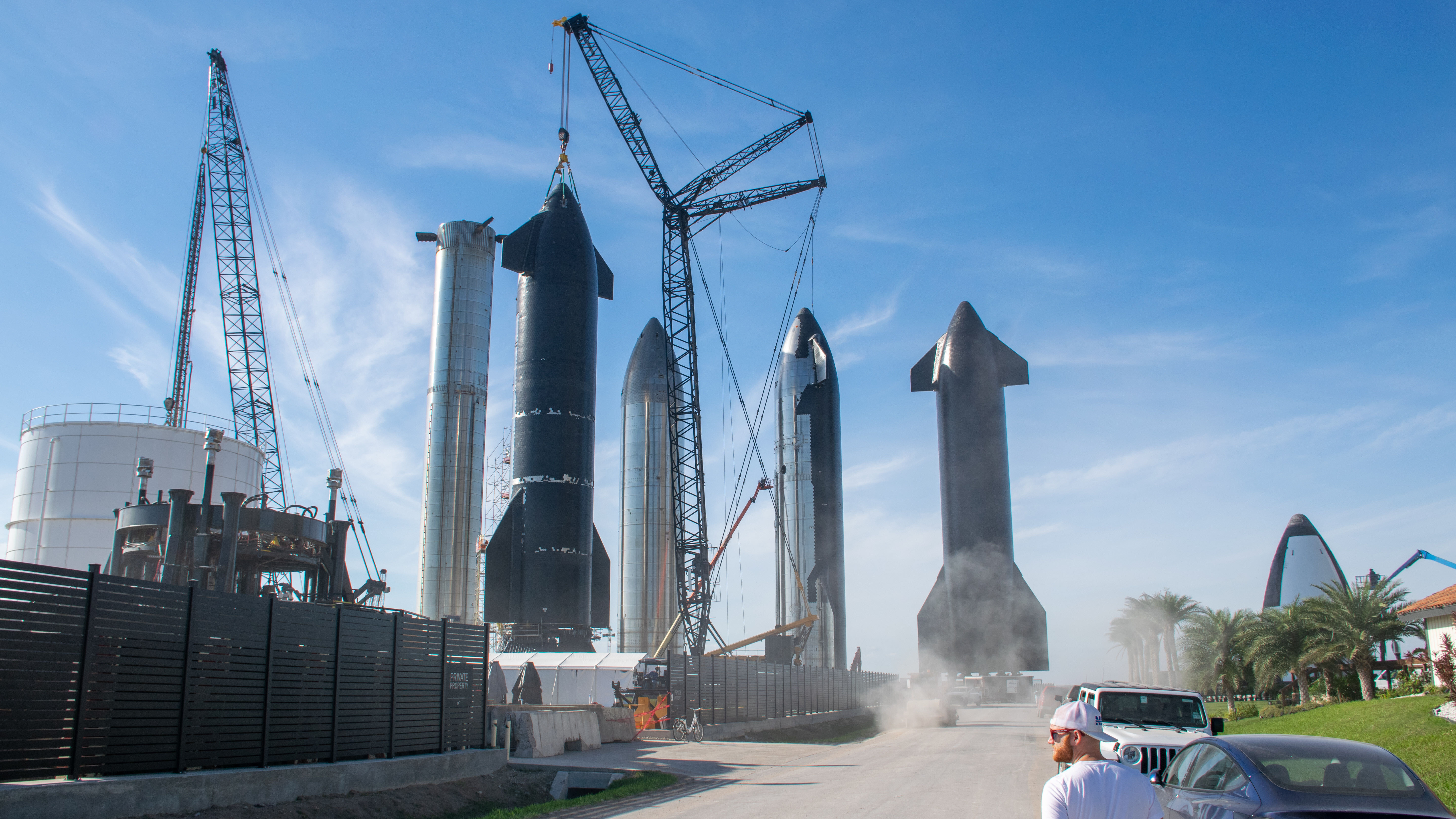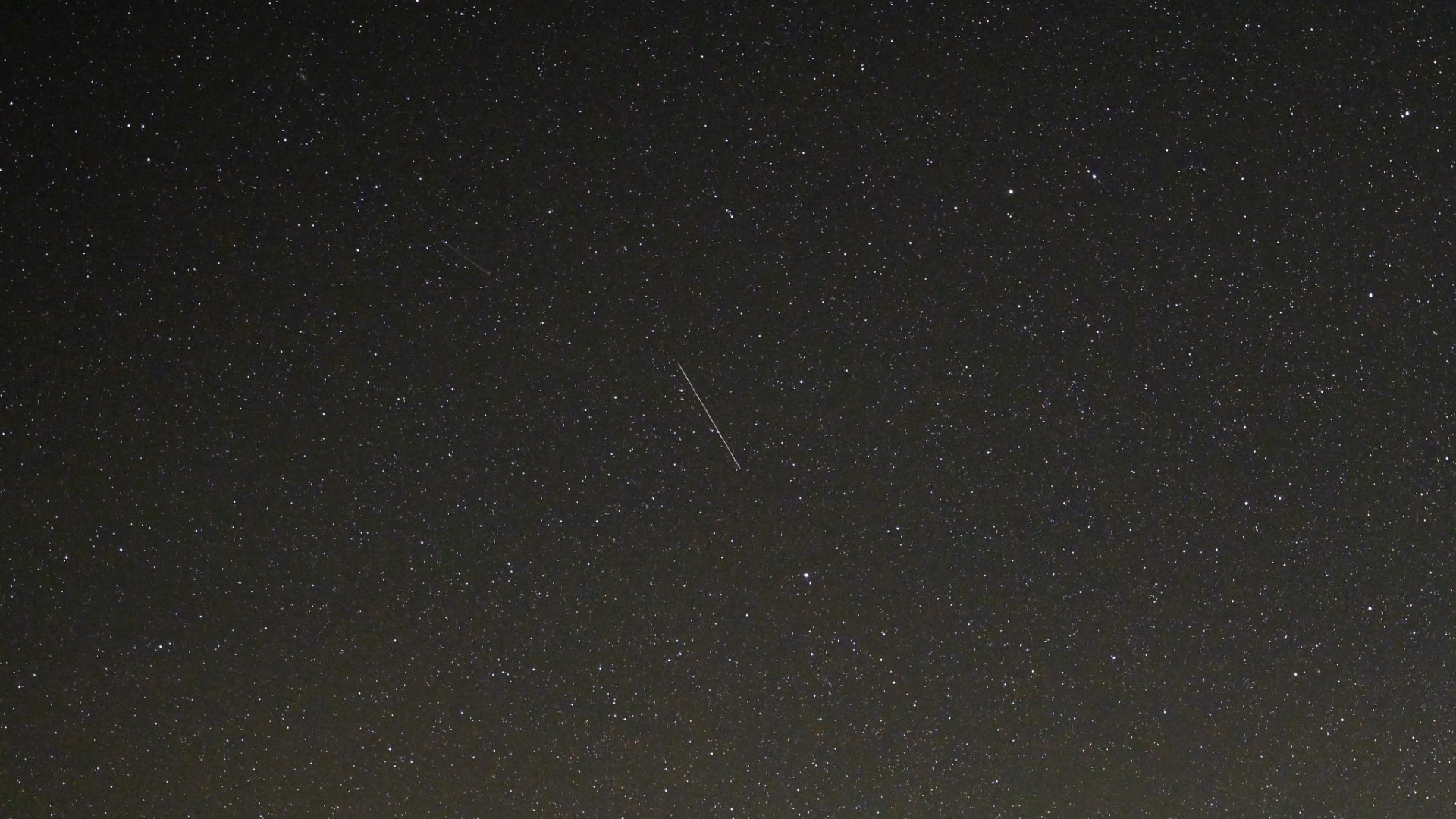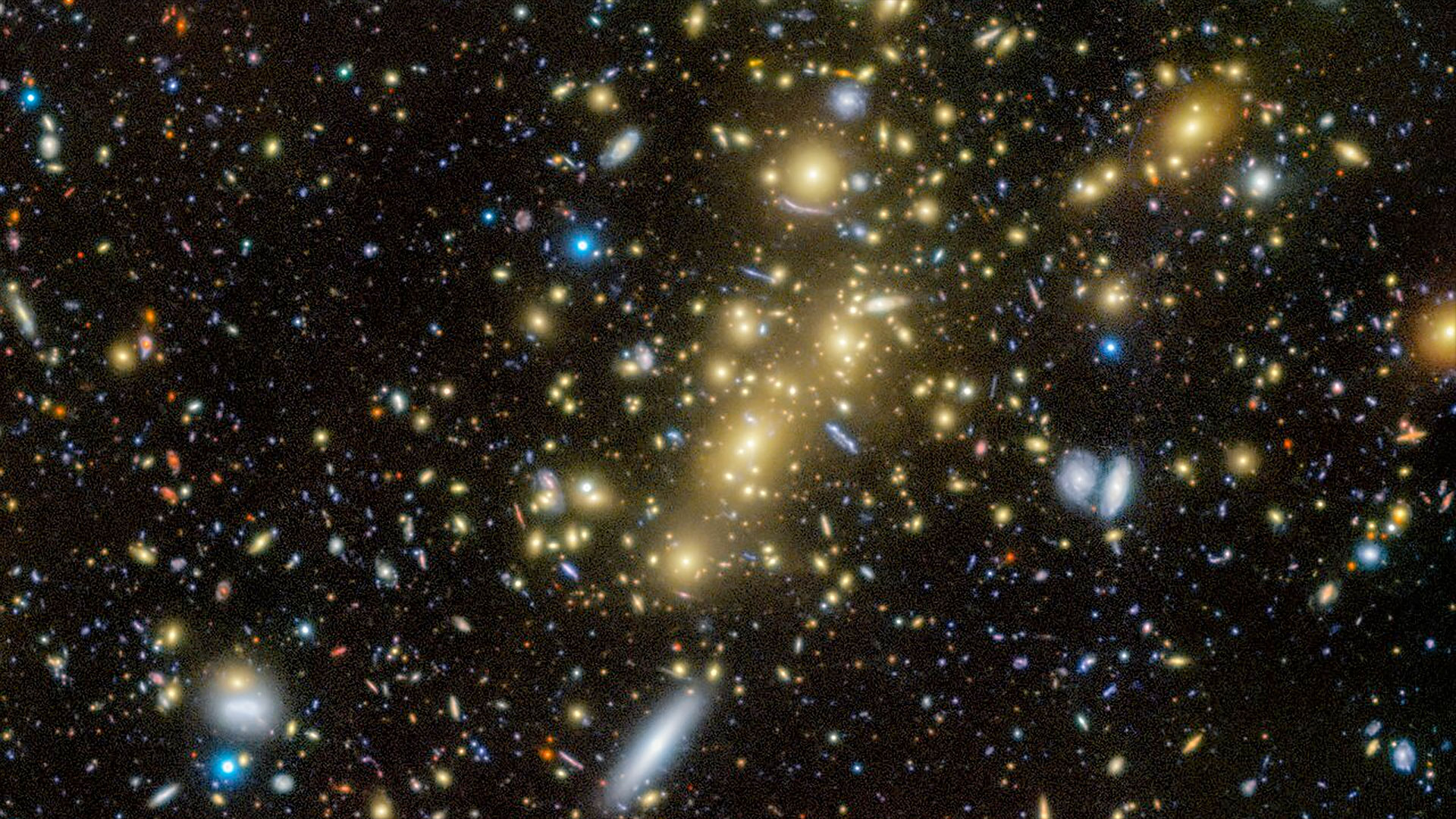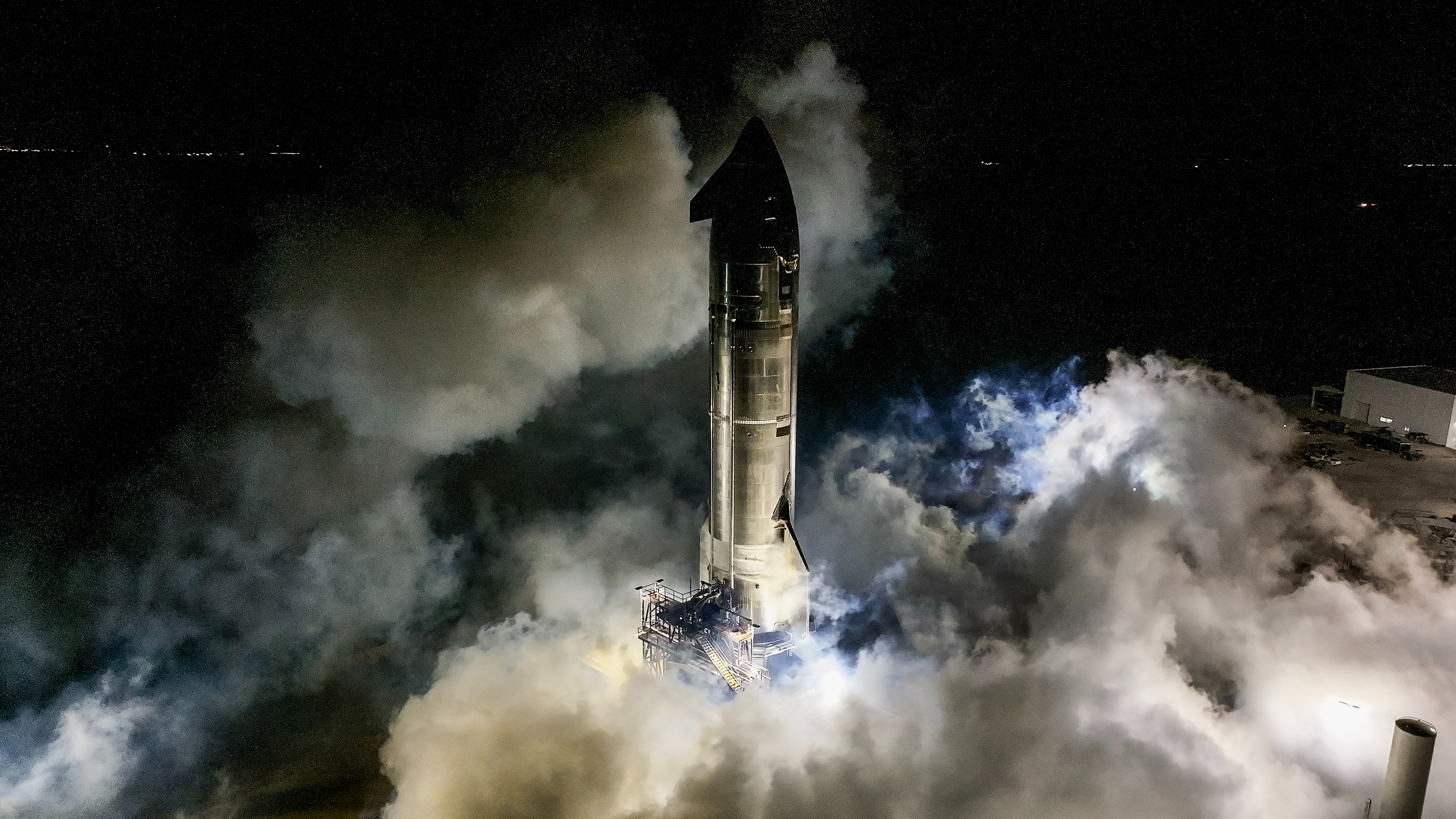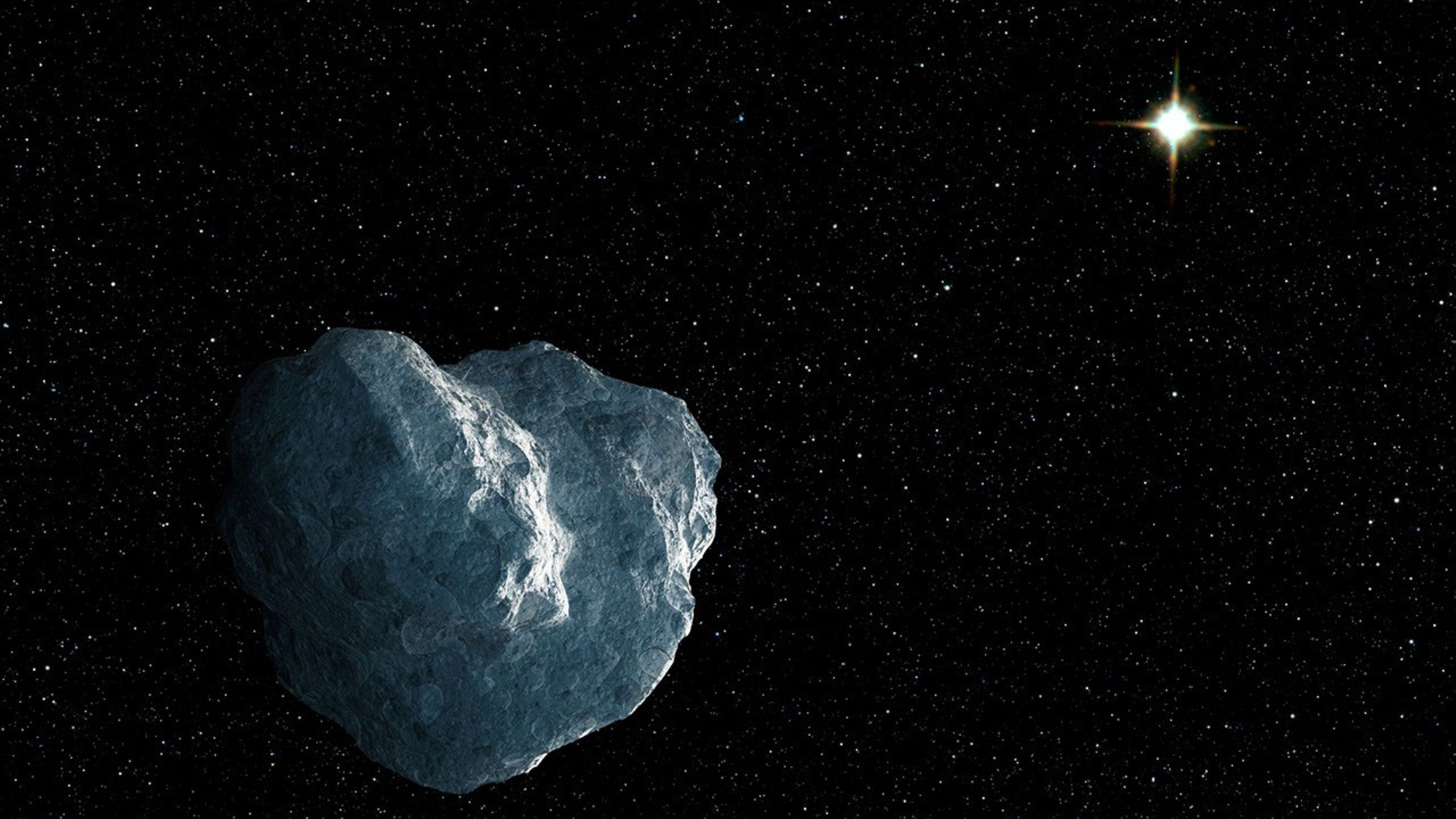Climate change will impact food crops by end of the decade, NASA says

Corn is one of the world's most important crops but it may soon take a significant hit from the progressing climate change, throwing global food security into turmoil, a new study by NASA has found.
Used to make everything from tasty popcorn to feed cows and chickens, corn is the most produced crop in the world. But as early as 2030, its yields might go down by nearly a quarter. That is, if global warming continued at the current pace. This disconcerting conclusion came out of a recent study by NASA scientists that used advanced computer modeling to look at the expected temperature rise across the globe, changes in rain patterns and rising concentrations of greenhouse gases in the atmosphere.
The models showed that many tropical regions that currently rely on corn production might become too hot for these plants to thrive.
"We did not expect to see such a fundamental shift, as compared to crop yield projections from the previous generation of climate and crop models conducted in 2014," Jonas Jägermeyr, a scientist at NASA’s Goddard Institute for Space Studies (GISS) and The Earth Institute at Columbia University in New York City who is the lead author of the new study, said in a statement. "A 20% decrease from current production levels could have severe implications worldwide."
Related: 10 devastating signs of climate change satellites can see from space
The U.S., China and Brazil are currently the world's biggest corn producers. But the crop is also grown in many parts of central Asia, western Africa and central America. All of these regions might see their yields decline within the coming decade, NASA said in a statement.
"Even under optimistic climate change scenarios, where societies enact ambitious efforts to limit global temperature rise, global agriculture is facing a new climate reality," Jägermeyr said. "And with the interconnectedness of the global food system, impacts in even one region’s breadbasket will be felt worldwide."
Get the Space.com Newsletter
Breaking space news, the latest updates on rocket launches, skywatching events and more!
But it's not all doom. The study also found that wheat, the second most important crop grown for human consumption (number one for humans is rice), might thrive better in the new warmer world. It's yields might jump by 17% by 2030, the study found.
The researchers used two types of models to simulate the crop behavior. First, they modeled how Earth's climate will respond to the different possible greenhouse gas emission scenarios all the way up to the year 2100. They focused on changes in temperature, rainfall but also ground concentrations of carbon dioxide, which might affect photosynthesis and therefore the plants' growth. Input for these models was gathered in real-life experiments with real crops, which makes the scientists confident in their results.
"What we're doing is driving crop simulations that are effectively growing virtual crops day-by-day, powered by a supercomputer, and then looking at the year-by-year and decade-by-decade change in each location of the world," said Alex Ruane, co-director of the GISS Climate Impacts Group and a co-author of the study.
Since the models simulated the response of the crops over a long period of time, the scientists say they can clearly distinguish the effects of climate change from the normal variability in the yields caused by weather.
The study was published on Monday (Nov. 1) in the journal Nature Food.
Follow Tereza Pultarova on Twitter @TerezaPultarova. Follow us on Twitter @Spacedotcom and on Facebook.
Join our Space Forums to keep talking space on the latest missions, night sky and more! And if you have a news tip, correction or comment, let us know at: community@space.com.

Tereza is a London-based science and technology journalist, aspiring fiction writer and amateur gymnast. Originally from Prague, the Czech Republic, she spent the first seven years of her career working as a reporter, script-writer and presenter for various TV programmes of the Czech Public Service Television. She later took a career break to pursue further education and added a Master's in Science from the International Space University, France, to her Bachelor's in Journalism and Master's in Cultural Anthropology from Prague's Charles University. She worked as a reporter at the Engineering and Technology magazine, freelanced for a range of publications including Live Science, Space.com, Professional Engineering, Via Satellite and Space News and served as a maternity cover science editor at the European Space Agency.

